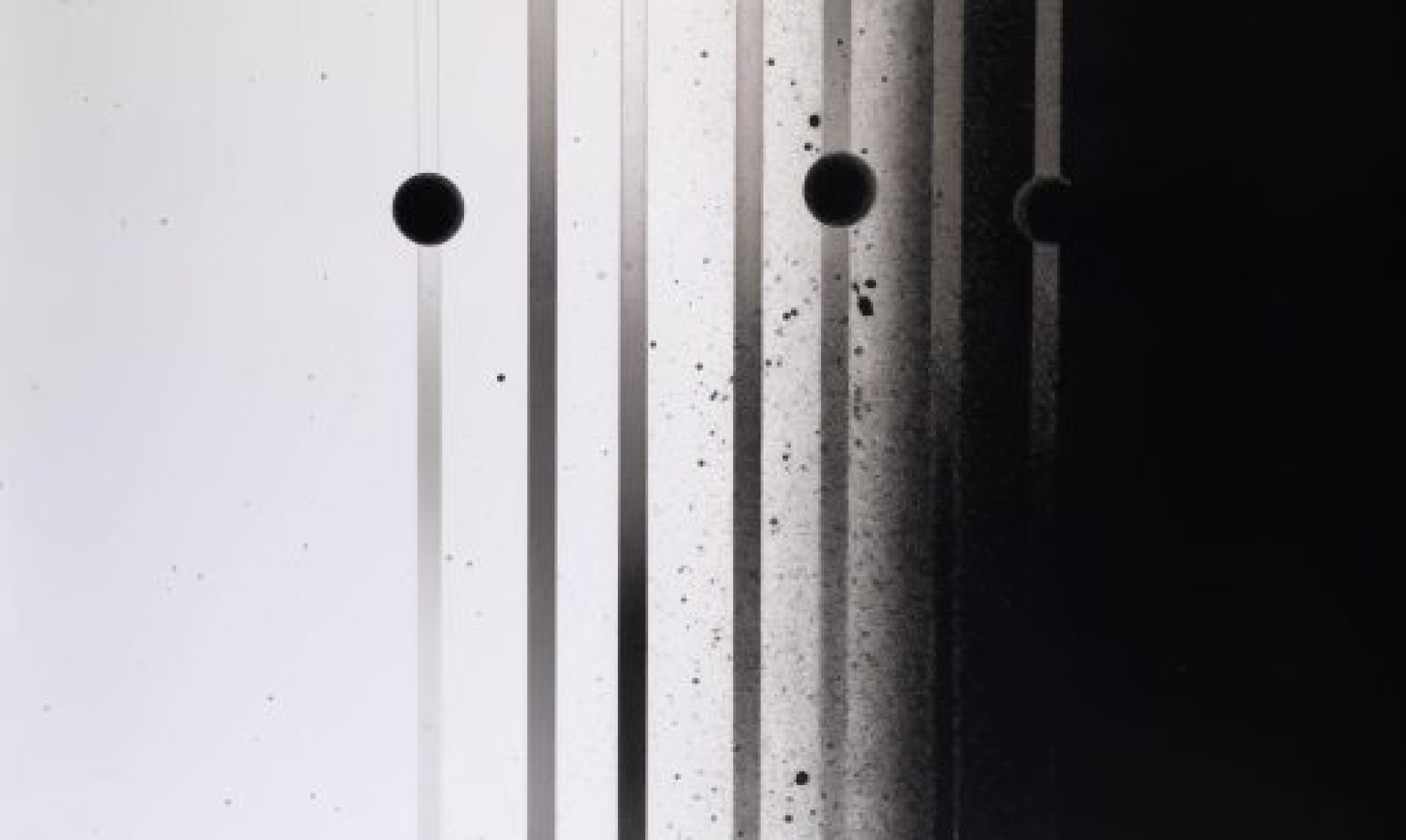* ‘Homework’ at ORT
September 24th at 9 p.m. sharp!
@
ORT*, 330 Ellery St. (between broadway & beaver st.), _Ground Floor_, Bushwick, Brooklyn (see Directions Below)
*at ORT* (on ellery in bushwick, brooklyn), o.blaat (Keiko
Uenishi) is prepping to set up the
first collaborative work at this wonderful space (expecting to be series of collaborative development/experiments as site-specific tryouts) called *’Homework’.*
The first of the tryouts will feature *Haeyoung Kim (Bubblyfish)
, I8U , David Linton, *and *o.blaat* , in various combinations (solos/duos/trios/quartet).
Open-to-public concert portion will start at 9 p.m. sharp at ORT, 330 Ellery St., Bushwick, Brooklyn *admission is free (but your donation is gladly accepted:) BYOB in casual salon style…
btw. we have very limited bike parking space, and not responsible for any bike locked outside on the street.
direction to ORT:
where: *330 Ellery St. (between Broadway & Beaver St.) Ground flr.,
Brooklyn (Bushwick – southeast of Willyburg)*
time:
** always check schedule/route re: train/bus with http://mta.info
<http://mta.info/> !!
trains:
*J to Flushing Ave.* (4th stop from LES/manhattan.. if you’re coming
from willyburg, 3rd stop from marcy ave.) upon exiting, take right side of staircase (facing to the token booth) which would lead you to go down in front of Duane Reade – corner of Broadway & Flushing Ave. cross Flushing Ave. to another corner where big construction is in process, then keep walking on Broadway for 3 blks (away from Manhattan)… so you’ll see Ellery St. is crossing with Broadway. Make left on Ellery St. (it’s within 3-5 min walk.)
*G to Flushing Ave. *(from greenpoint/mid-willyburg/downtown-brooklyn) upon exiting, walk on Flushing Ave. towards Woodhull hospital/Broadway. once you hit Broadway, make right and walk 3 blks. so you’ll see Ellery St. is crossing with Broadway.
Make left on Ellery St. (it’s within 8-10 min. walk.)
*Haeyoung Kim (Bubblyfish) * relocated to US from Korea in 1992. With a background in classical piano, she explores the territory of sounds and their cultural representation. Currently, under the name Bubblyfish, she has been creating “lo-fi”, 8-bit sound works and minimal electronic compositions.
Based in NYC, Haeyoung has worked as a composer, sound designer, and audio engineer. Her work has been presented in various art venues, clubs, festivals, and galleries including Le Consortium, France; Media Ruimte, Belgium; and in New York at The Museum of the Moving Image;, Eyebeam Atelier; The New Museum of Contemporary Art; and Lincoln Center’s Walter Reed Theater. She was the 2003 Van Lier artist-in-residency recipient at Harvestworks.
http://bubblyfish.com
I8U (review by exclaim.ca on ‘Send + Receive’
festival: Montreal’s I8U fashioned expansive electronic tones, forming spellbinding textures that resulted in a very impressive set.
Frequencies gradually and adeptly reached tall crests of sound before descending to subterranean reverberations. Shifting from lulling minimalism to resonating noise, I8U sculpted sound with the utmost precision and talent. RN/exclaim.ca)
http://i8u.com
*
David Linton*has witnessed the sun’s rise and fall on 4 decades worth of amerikan subcultural music practice. For the past 2 1/2 of these decades he has lived and worked in NYC – first hitting his stride as a ‘downtown’ drummer in the early 1980’s. (See early recordings: Rhys Chatham, Glenn Branca, among others soon to come) From the drums he moved to solo performing and live electronics and computer assisted composition and sound design for dance and theater – etc… (more than a dozen scores for choreographer Stephen Petronio – and a couple of noteworthy works for the Wooster Group- among many others) His mid 80&’s solo release “Orchesography” (Neutral 14) represents downtown sensibility at the crossroads of post punk, primal noise, early sampling technique, and theatrical post modernism. By the early ’90’s an experimental foray into venue building (at the ‘hausofouch’ loft in Chinatown) led to transformative zeitgeist events (Ouch, Sensate, SoundLab, & Step Forward) and a burgeoning absorption in the multimedia design parameters associated with the ‘immersive’ movement.
By the late ’90’s a perfect balance between audio and visual elements in the live electronic performance environment was sought with the launch of the Unit¥Gain platform and integrated modus operandi. From here it was a curious but natural progression to the community media architecture explorations of Unitygain Television (1AM Sunday mornings on MNN CH 34/mnn.org – still running). http://unitygain.org
*o.blaat* Based in Brooklyn, New York, o.blaat (Keiko Uenishi) — Sound artist, composer, and core member of SHARE(http://share.dj) — is known for creating various interactive audio environments resulting from her ceaseless pursuits of erasing the performer’s presence and ultimately altering listening situations. After performing with a unique, hand-made electronic ‘tapboard.effector.soundsystem’ for several years, Uenishi has been
exploring the Powerbook’s mobility and its least distracting state of being. Her performance and installations have appeared at many
museums/clubs/galleries/festivals worldwide.
Most recently, she completed a site-specific audio/light interactive
installation, ‘Aboard:Fillip2’ created for a cargo-container at Fortescue Avenue Gallery, London, UK in July 2005. The piece was
commissioned by dosensos.org and a part of its ‘Six Sites for Sound’
(http://sixsitesforsound.net)
http://obla.at























